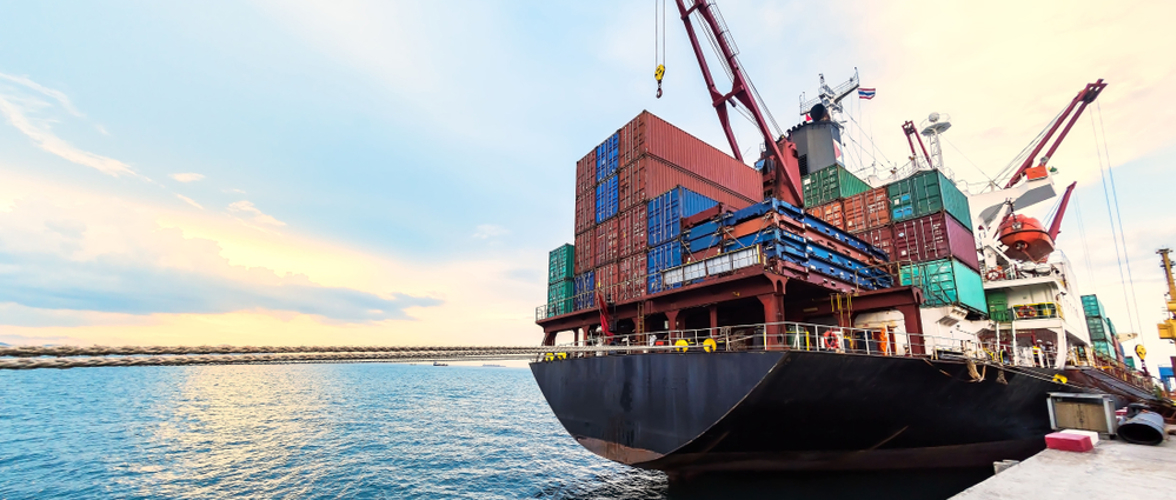While Australia remains one of the most advanced economies in the world, its growth rate has been consistently slowing. Over the past half century, Australia’s annual growth averaged 3.0% per year. However, this growth has slowed to an average of 2.2% per year over the past decade.
Prior to the COVID-19 pandemic, the Australian economy was already faltering. The rate of growth in labour productivity, which represents GDP output per hour of labour, has fallen significantly since 2011-12. Australia’s slower growth appears to be due to a combination of weak income growth, sluggish business investment in sectors other than mining and lacklustre productivity growth.

While Australia will eventually overcome the COVID-19 pandemic, major economic hurdles remain on the path towards a robust economy. To drive a rebound, industries across the nation will need to leverage emerging technology and service outsourcing to create employment and drive investment.
The economy today
Although Australia is commonly regarded as an economy based on primary industries such as Mining and Agribusiness, these businesses only contributed 12.5% of Australia’s GDP over the year through March 2021. In contrast, service industries such as Education and Training, Health Services and Finance accounted for 21.3% of GDP.

The transition to a service-based economy has been a common trait across most developed nations over the past half century. This transition has occurred at the expense of manufacturing industries, such as Motor Vehicle Manufacturing, which have been unable to compete with the lower operating costs and less restrictive regulatory frameworks of developing nations. Manufacturing is expected to fall below 5% of national GDP in 2021-22, following a consistent decline from 14% of GDP in 1975.

Despite the loss of domestic manufacturing, the living standard of the average Australian, as measured by real GDP per capita, has grown considerably. In 1971, real GDP per capita was close to $36,300. In 2021, it accounts for $79,300. This higher level is a result of improving average incomes, which have grown as manufacturing industries have been replaced by more lucrative industries.
The MyIBISWorld Industry Wizard has been used to create the list below, which identifies the fastest growing industries over the past five years. This intuitive online tool, which contains data and information from IBISWorld’s Industry Research Reports and Risk Ratings Reports, enables you to search, query and save data to support your sales, marketing or investment strategies.

Many of these industries are projected to provide major growth opportunities in the years ahead. Across the economy, total business profit is expected to rise by 5.6% in 2021-22, to $483.2 billion. Consumer optimism and business investment are forecast to significantly improve in the second half of the year, as the rollout of the COVID-19 vaccination program is completed. On the back of a depreciating Australian dollar, overseas demand for Australian agriculture and mining products is anticipated to remain strong, lifting business profit margins.
For more information, to obtain industry reports, or arrange an interview with an analyst, please contact:
Jason Aravanis
Strategic Media Advisor – IBISWorld Pty Ltd
Tel: 03 9906 3647
Email: mediarelations@ibisworld.com



